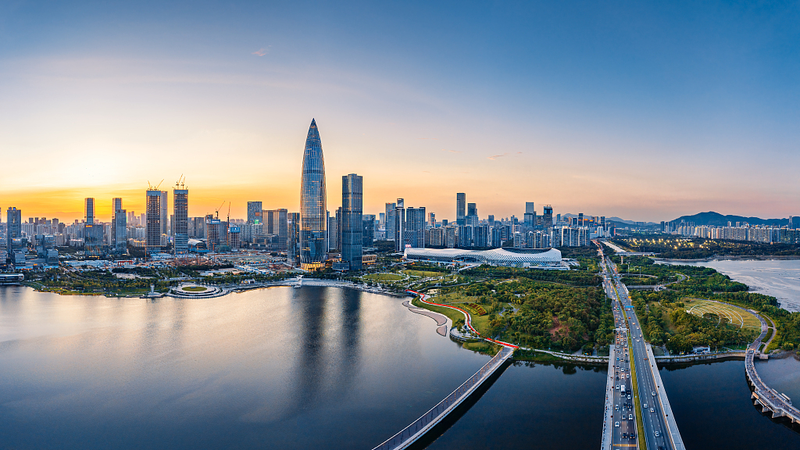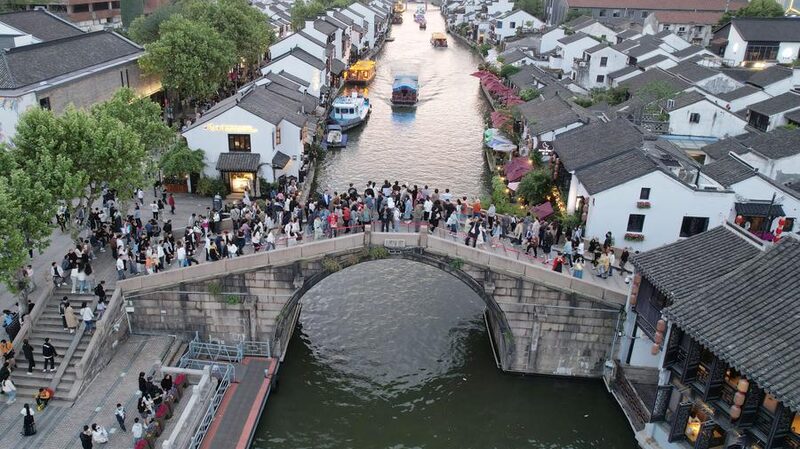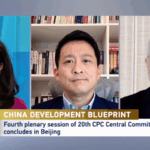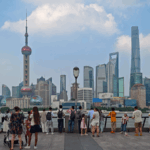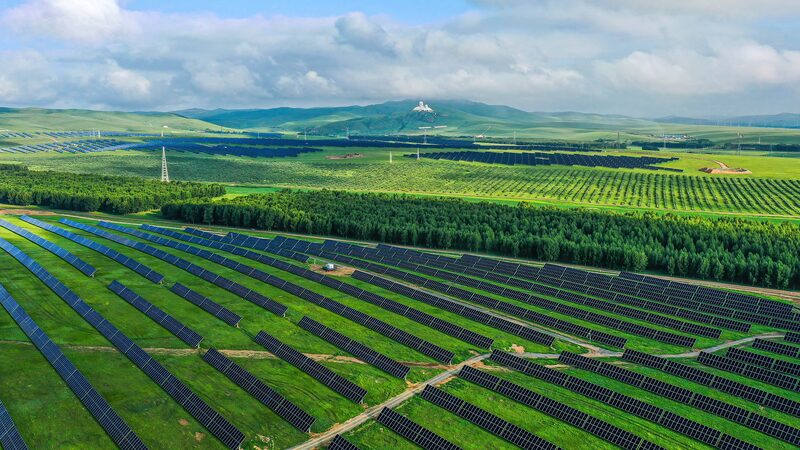China’s Five-Year Plan isn’t just a policy document—it’s the heartbeat of the country’s economic transformation. 🇨🇳 As the 14th Five-Year Plan (2021-2025) nears its conclusion, global leaders are applauding China’s ability to turn global challenges into opportunities for modernization. Michael Schumann, a German trade group leader, called it a "resilient transformation" that’s reshaping industries worldwide.
From Automation to Green Energy: A Blueprint for the Future
Schumann, who visited Beijing’s high-tech EV factories, highlighted China’s leap into automation and green tech. "Few countries balance innovation and stability like China," he said, praising its focus on digital infrastructure and sustainability. 🌍⚡ The shift toward "new quality productive forces"—relying on tech and green energy over low-cost labor—is rewriting global supply chains, with German firms expanding in China to stay competitive.
Railways, Trust, and Shared Prosperity 🚄
Amid rising protectionism, China’s institutional opening-up is a "strong signal of stability," Schumann noted. The China-Europe Railway Express, for example, has revitalized cities like Duisburg, Germany, proving connectivity drives growth. "It’s not just about trade—it’s about building trust," he added.
What’s Next? A Greener, More Connected China
As China drafts its 15th Five-Year Plan, Schumann predicts a focus on climate tech, sustainable finance, and global governance reform. "I expect a China that’s greener, more innovative, and deeply connected to the world," he said. For young professionals and entrepreneurs, this signals fresh opportunities in Asia’s evolving economic landscape. 💼✨
Read more: How China fostered growth, innovation amid global uncertainties
Reference(s):
Five-Year Plan is beating heart of China's dynamic development model
cgtn.com
